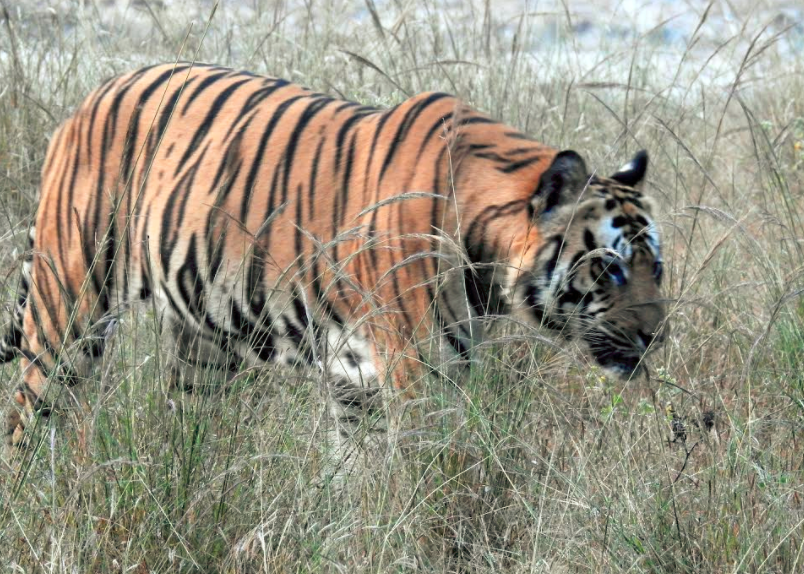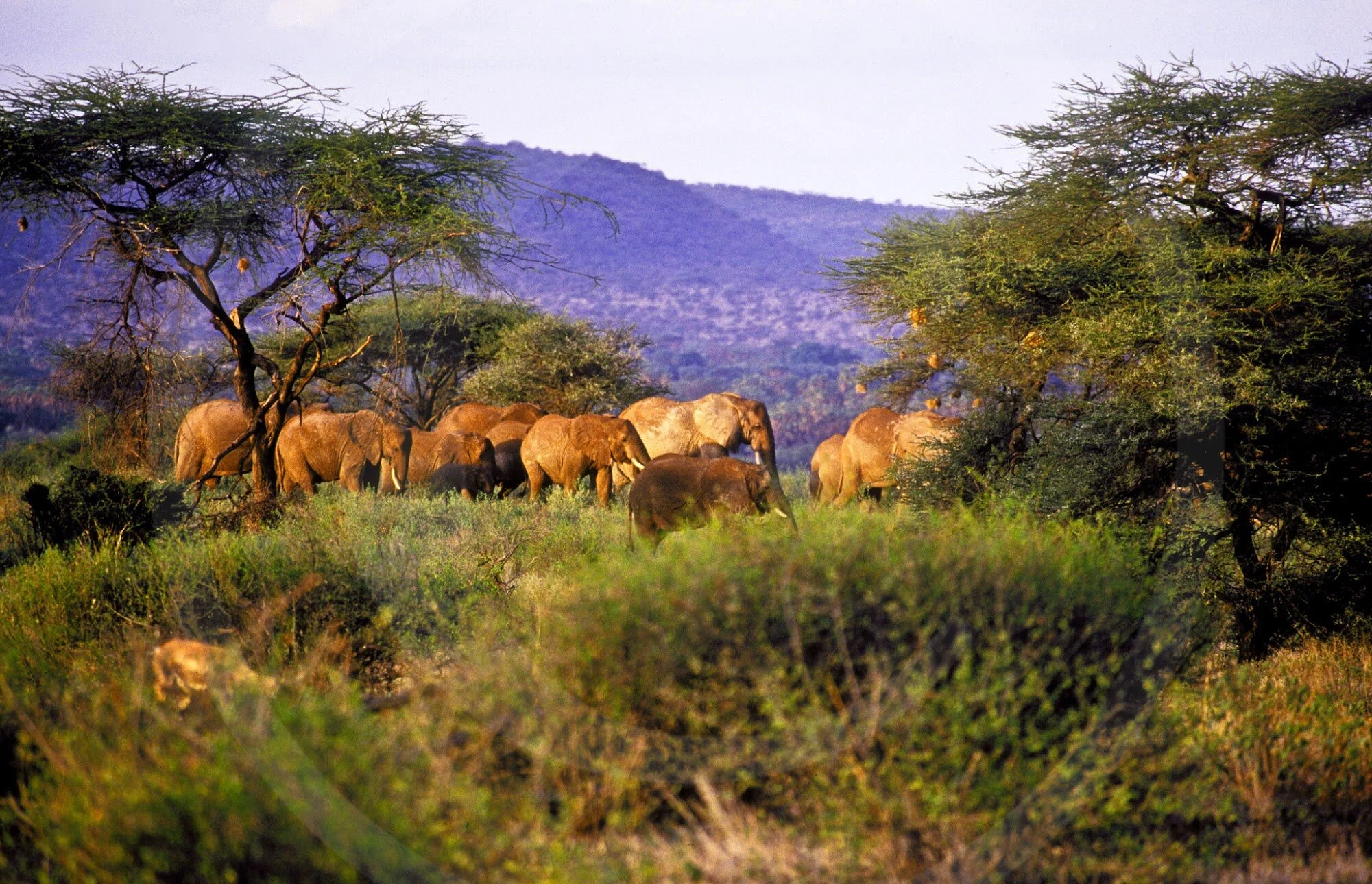Lessons from the Wild
By Bindu Gopal Rao
“It was the most amazing sight. We saw two tigers mating and saw them clearly for about 30 minutes.” This was the first thing I heard when I reached my retreat after a long journey from Bengaluru to Ranthambore in Rajasthan. These words sounded like music to my ears and added to my already built-up expectations of seeing a tiger in the wild.
As I’d arrived late the previous evening, my host had recommended an afternoon game drive, which I gladly confirmed. The entire morning was spent learning about how common tiger sightings were in Ranthambore National Park, which heightened my expectations of seeing a tiger.
It was a particularly warm afternoon when I got into the safari Jeep. A few minutes into the safari, we heard a loud call of a gray langur, and my guide excitedly whispered that it was a sign that a tiger was close. A frenzy of calls followed, and when I thought I had almost seen the tiger, we realized it was not to be. Minutes passed into hours, and at the close of the three-hour safari, there was still no sight of the elusive tiger. My guide told me the tiger was sighted on a different route, and I made a feeble request that the driver change routes but was told it wasn’t possible.
Disappointed, I returned to the camp where I was staying with a splitting headache and felt so ill that night that I did not eat dinner either. As I had to leave the next morning, I realized that perhaps I had let the burden of expectation of the tiger sighting stress me so much that I forgot to enjoy the other wonderful species I saw. Like the dancing peacocks—not just one, but several childhood dreams had come true, but in the moment, I had not enjoyed it as much.
However, it was too late, and I vowed never to go into the wild again with expectations. On a subsequent trip to the jungles of Nagarhole and Kabini in Karnataka, I decided to implement this, and as I soaked in the sights and sounds of the jungle, it felt strangely liberating. Kabini, incidentally, is one of the national parks that also has a river safari, and this was the first time I decided to take one. A safari on a boat seemed like a novel prospect then, and little did I know I was going to be hooked.
The naturalist and guide on board started speaking about how Kabini sees the largest congregation of Asian elephants in the world in the summer. My ears perked, but having learned my lessons, I decided to enjoy the stunning river and its biodiversity instead. We saw a variety of avian species, from the black-headed Ibis to a variety of egrets, herons, and cormorants. I even spied a crocodile and was in a blissful state of mind when the naturalist's voice broke my reverie.
“If you look on the banks, you can see the elephants,” and as I looked at the bank, it was a beautiful sight of at least two dozen elephants of all sizes. It is a visual that I can close my eyes even now to recreate years later. The elephants were enjoying the water (the summer here can get very harsh in the mixed deciduous teak forest), and as the safari groups gawked and clicked images, the adult elephants made sure the babies were protected under their feet (that’s how tiny they are).
Incidentally, it was also a trip where I rediscovered my love for birds. I sighted so many species, like the Scarlet Minivet, Blue Jay, Golden Oriole, Owls, and more, that I never missed the jungle. I was lucky to spot a family of bears as well as a cobra. A friend’s words could not have rung truer. “How many times can you think of coming into the jungle? Just enjoy the sights; it is like no other.”
After this trip, spotting wildlife and birds became a passion, and understanding aspects like tribal culture and how they coexist with animals were some of my fascinating discoveries. I also learned much about animal-human conflict and how it gets resolved. On my most recent visit to Agumbe in Karnataka, I also saw the elusive Lion-Tailed Macaque and the King Cobra, apart from learning about a unique telemetry project that tracked the behavior of this unique snake. Some of my best bird sightings happened in the jungles of Pench, said to be the setting of Rudyard Kipling’s The Jungle Book. I saw vultures, racket-tailed drongos, woodpeckers, barbets, parakeets, and more.
So, did I manage to ever see a tiger in the wild? Yes, in 2018, 13 years after I first started my wildlife journey when I was in Bandhavgarh Sanctuary in Madhya Pradesh. It was just after dawn, and ten minutes into the safari, I saw the tiger in the wild for the first time. This tiger was named T-37 (Bamera’s son) and was a magnificent animal, whose beautiful stripes shone in the light of the morning sun’s rays. Nonchalantly walking around, without a care for the paparazzi clicking away, the tiger posed for over 10 minutes.
Being amidst wildlife has been by far the most exhilarating experience in my journey as a travel writer. It has made me a more patient person, and I would like to believe I am a much sorted and calmer person. The jungle has opened my mind to being alert and enjoying nature unabashed and uninterrupted. The jungle always has fascinating stories that are all waiting to be discovered. And therein lie the joys of the wild—that I am learning to unwrap one game drive at a time.
Bindu Gopal Rao is a Bangalore-based writer and photographer who writes as a hobby. Passionate about the environment, she likes birding and looking for unusual and local angles in destinations she travels to. She documents her work on www.bindugopalrao.com and is on Instagram @bindugopalrao
Photo Credit: By Gnissah - Own work, CC BY-SA 3.0.






